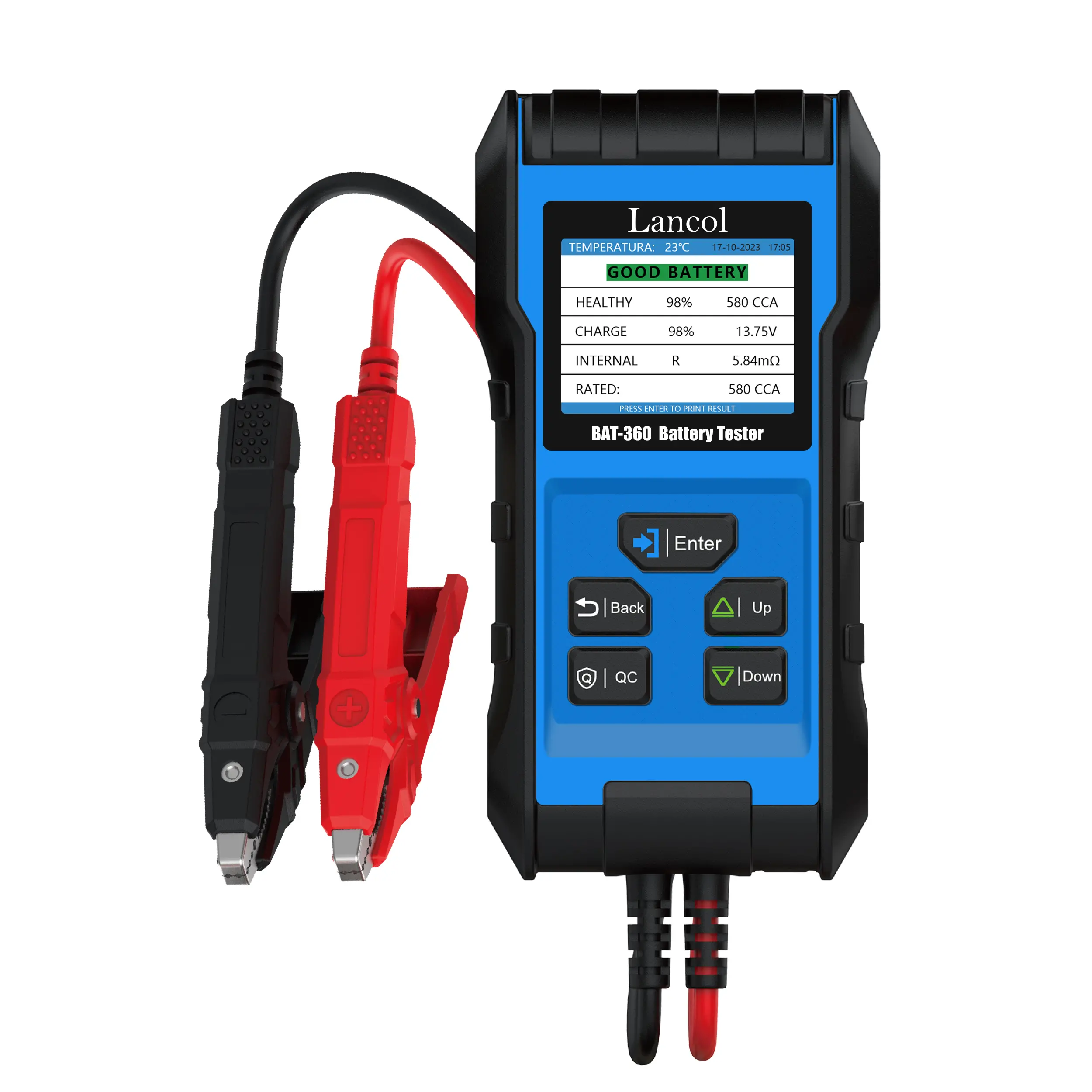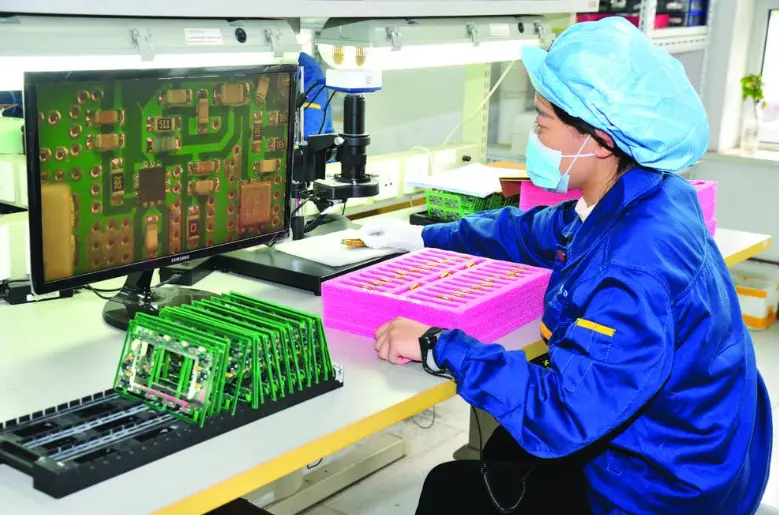For automobiles, “30% repair and 70% maintenance” as the saying goes. After the winter, when the temperature drops and the rain and snow increase, it is time for a “full physical examination” for the car.
Tires
Tires are the “highlight” of vehicle winter maintenance. On the one hand, the tire pressure should be appropriately increased to reduce fuel consumption. On the other hand, winter rains and snow increase, and the road is slippery. If the tires are severely worn, it is prone to slipping. Therefore, tire wear should be checked in advance and replaced in time.
Antifreeze
In winter, antifreeze is very important, and the level and concentration of antifreeze should be detected in time. If the antifreeze warning light is on, turn off the engine immediately and check the antifreeze after the engine cools down. If the antifreeze is insufficient and there is no backup, do not continue driving and seek professional assistance immediately. In an emergency, pure water can be added for emergency.
Wiper blade
Low temperature will accelerate the aging of the wiper blade rubber, resulting in poor cleaning effect. Therefore, check the wear of the wiper blades in advance. If the wiper blades are aged, hardened, cracked, etc., replace them in time.
Battery
In a low temperature environment, the capacity of a battery is much lower than at room temperature. Therefore, it is recommended to go to a 4S store for a comprehensive test and charge it in time when the battery is low. If the battery is frozen, do not recharge it, it must be replaced immediately. In order to protect the battery, remember to turn off the audio and air conditioning before turning off the fire in the daily car; disconnect the battery before stopping for a long time; if it is stopped for a long time in winter, the battery can be removed and placed indoors to prevent it from freezing.




